We may earn money or products from the companies mentioned in this post. This means if you click on the link and purchase the item, I will receive a small commission at no extra cost to you ... you're just helping re-supply our family's travel fund.
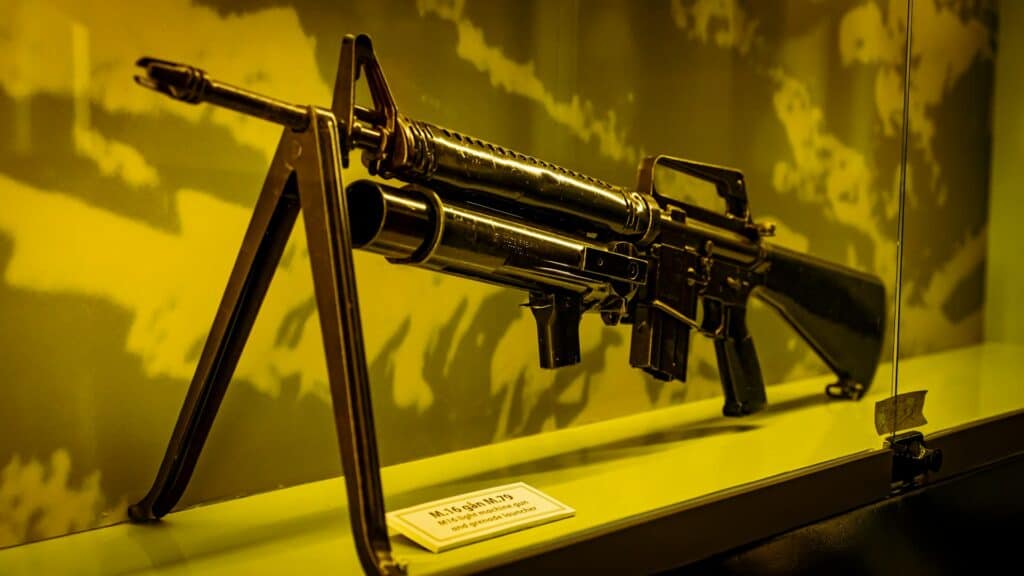
There’s a difference between seeing a musket under glass and hearing one breathe fire under a ranger’s watch. The echo folds into the field, the smell of powder rises, and suddenly the object is a story again. Not a prop. Not a trophy. A tool that shaped labor, law, and survival. These places take that energy and turn it into learning you can actually feel.
Here’s the thing: living-history firearms museums aren’t thrill parks. They’re classrooms built outdoors, with trained staff, tight procedures, and careful scripts that connect technology to people. This guide explains how they run their supervised ranges, what visitors actually do, and why the strict rules make the experience better. If you’re curious about craft, safety, and context, this is your field guide.
Why These Museums Matter
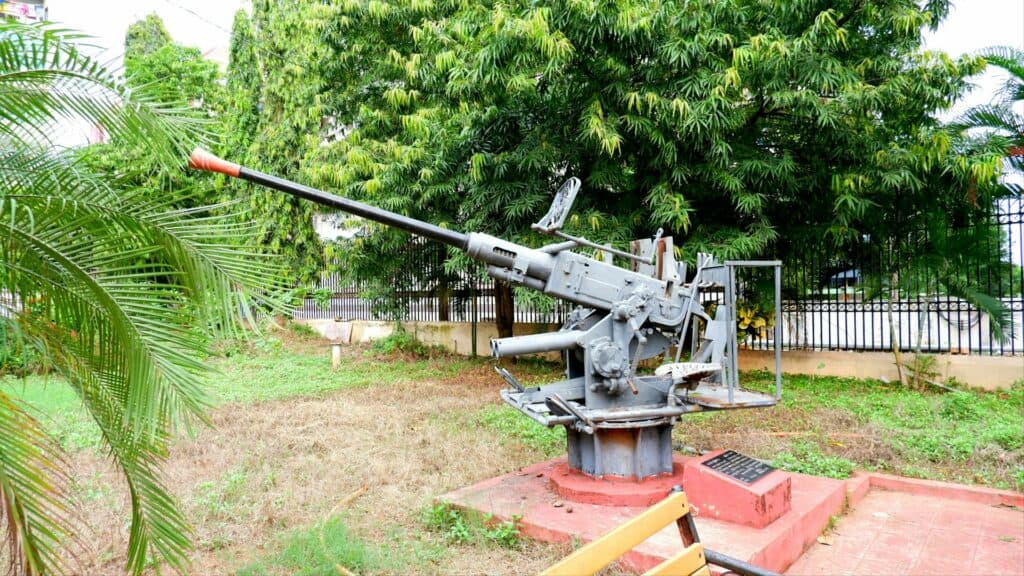
Living-history museums tie mechanics to meaning. Curators map design changes to trade routes, frontier roads, and factory floors. You see how metallurgy, machining, and logistics evolved, and how those shifts rippled through work, law, and daily life. The point isn’t noise. It’s clarity.
Ranges extend that lesson. Under supervision, you watch correct stances, measured loading, and controlled firing with low-powered or blank demonstrations depending on the site. The takeaway is discipline, not adrenaline. When done right, visitors leave with steadier judgment and better questions.
What A “Supervised Range” Really Means
Supervised ranges are structured environments with layered controls. Safety briefings come first, with eye and ear protection, clear commands, and unambiguous cease-fire rules. No one touches a firearm without direction. Muzzles stay downrange. Fingers stay indexed until the line is hot.
Shorter: Staff lead, visitors follow. Every step is narrated and confirmed out loud.
Inventory is matched to the lesson. Flintlock demos emphasize ignition and timing. Percussion and cartridge arms show reliability gains and logistics. Many sites use low-recoil calibers or blanks to teach fundamentals while minimizing risk.
Shorter: If the weather shifts or crowds swell, sessions shrink. Caution sets the tempo, not the clock.
Interpreters Over Instructors
These teams are interpreters first because history sets the frame. A talk about a Springfield, a Sharps, or a Hawken starts with labor, materials, and where the rifle sat in someone’s daily work. Only then do they step onto the line. That order matters.
You’ll hear about gauges, jigs, and interchangeable parts and how those ideas traveled into sewing machines, bicycles, and cars. By the time a demonstration starts, the “why” is already clear. The report you hear punctuates an argument the artifacts made.
Safety Is A System, Not A Speech
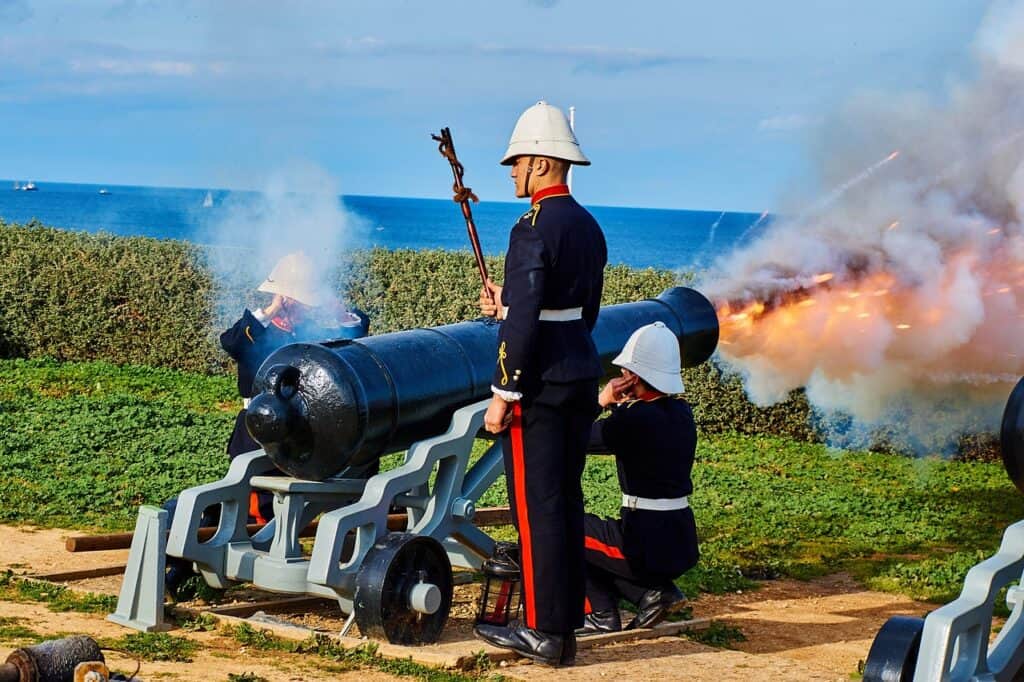
Rules are visible. Red flags or lights signal a cold range. Clear lanes, physical barriers, and defined spectator zones prevent drift. Staff manage a strict shooter-to-guide ratio so corrections happen before mistakes do.
Shorter: Range commands are plain, repeated, and answered back. Everyone practices them before a single round.
Medical readiness is part of the plan. First-aid kits, fire extinguishers, and radios sit within reach. Weather call-offs are normal. The ethos is simple: cancel early, teach tomorrow, and protect the trust that makes demonstrations possible.
Shorter: Good programs never confuse confidence with speed.
Handling Policies That Teach Respect
In galleries, white gloves and rests protect finishes; on ranges, clear chambers and chamber flags protect people. Visitors learn to check, call clear, and pass with the action open. That ritual builds muscle memory and defuses ego. It also honors the artifact.
Even replicas get the same treatment. The museum’s standard doesn’t change because the steel is new. Respect is the constant. Objects are teachers, not toys, and the rules prove it.
Accessibility And Youth Programs
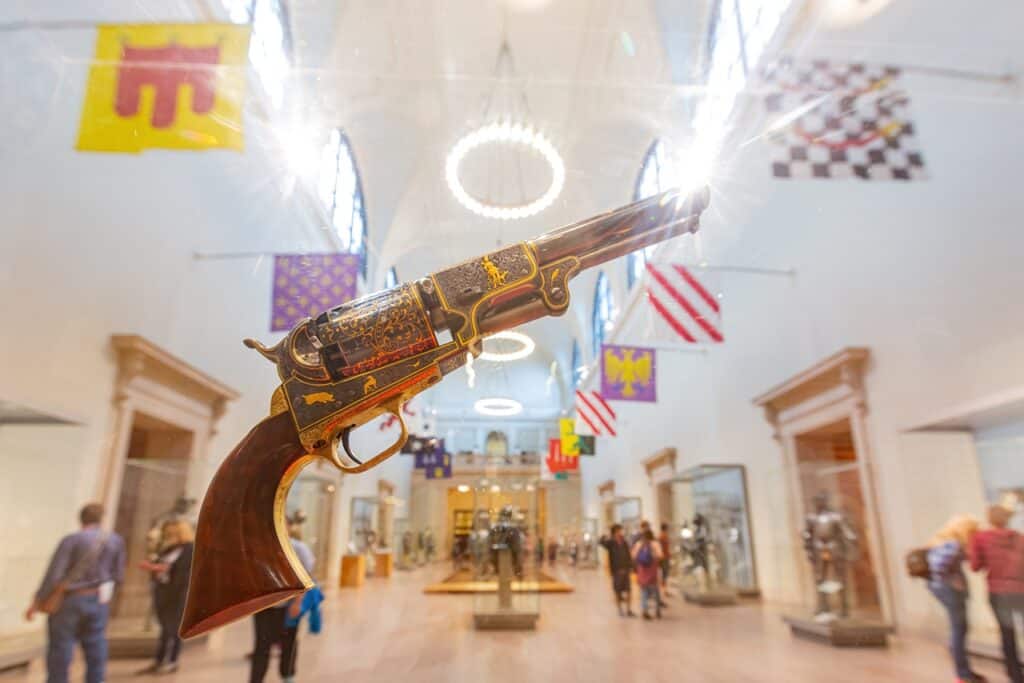
Good sites welcome beginners and young visitors without dumbing anything down. Youth sessions use simplified platforms, extra staff, and measured pacing. The result is confidence built on repetition, not bravado.
Accessibility isn’t an afterthought. Benches, shaded viewing, loaner PPE, visual cue cards, and amplified commands help more people participate. When programs meet visitors where they are, safety and learning both rise.
What You’ll Actually Learn On The Line
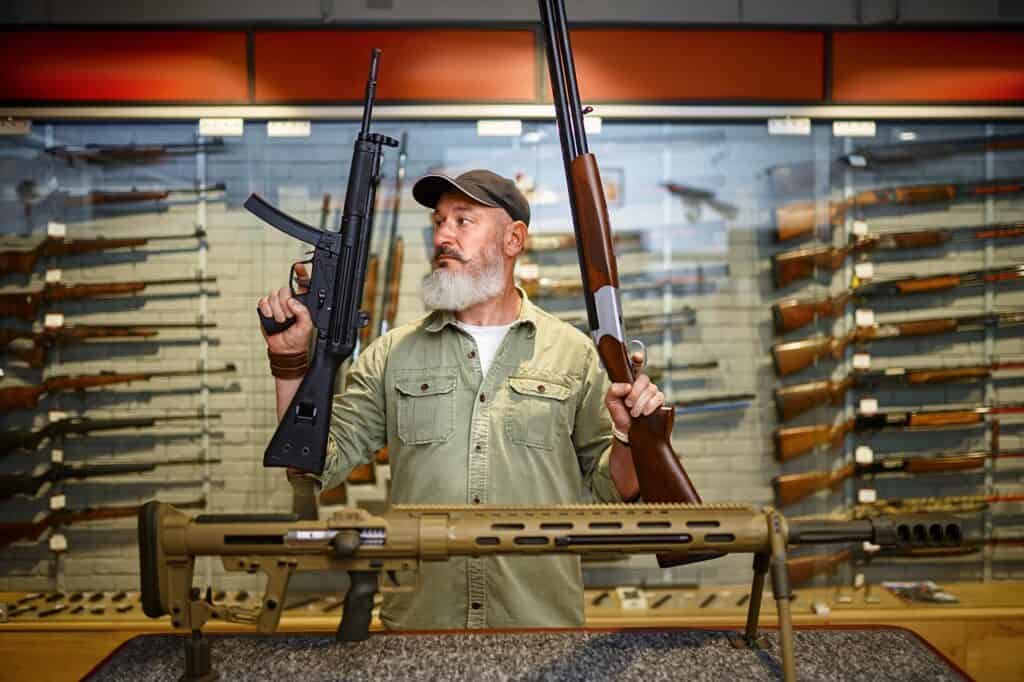
Expect fundamentals taught cleanly: stance, grip, sight picture, breath, and follow-through. Expect to hear why each step matters and what errors look like before they happen. You’ll watch controlled demonstrations first, then if the site allows try a carefully supervised sequence that starts dry and builds slowly.
You’ll also learn maintenance basics. How fouling changes accuracy. Why oil choice matters to wood and bluing. How tools and time shaped battlefield reliability and frontier repair. The big lesson is continuity: craft connects centuries through habits done right.
Plan Well, Ask Better Questions
Book ahead for small-group sessions. Wear closed-toe shoes, skip cologne, and bring layers; sound and weather travel differently outdoors. Read the site’s rules before you go so the briefing clicks faster and you can focus on content, not logistics.
Arrive curious and specific. Ask how a particular lock solved a problem. Ask what broke most often and how people fixed it far from town. Ask what the interpreters disagree about. Good museums love honest questions and they’ll show you where the archive ends and judgment begins.